The Temple of Heaven Posted by sasha on Mar 17, 2016 in Culture
There are many must-see sights in Beijing. One such place is the Temple of Heaven (天坛 – tiān tán), one of China’s most treasured relics. Every itinerary to Beijing includes a stop here. Listed as a UNESCO World Heritage site, it is the most holy of Beijing’s imperial temples. The temple complex consists of 92 buildings. It plus the surrounding park create an area that is larger than the Forbidden City. Continue reading to find out why as we take a look at its long history and importance.
History
The temple was first built during the Ming Dynasty (明代 – míng dài) in the year 1420. It was then expanded and renamed by Emperors from later in the Ming Dynasty and early Qing Dynasty (清代 – qīng dài). The Emperor would come here twice a year – always on the winter solstice – to pray for bumper crops and a good harvest. He would also make animal sacrifices to appease the Heavens. As the ‘Sons of Heaven’, good crops and harvests were of vital importance to the Emperors. A bad harvest could be interpreted as his fall from Heaven’s grace and thus jeopardize the legitimacy of his reign. It was also because his rule was perceived to come from a mandate in the Heavens that he couldn’t build his own dwelling larger than the earthly residence dedicated to Heaven. This is why the Forbidden City is smaller than the Temple of Heaven complex.
Symbolism and Design
The designs of the buildings and complex as a whole are very symbolic of the beliefs of the time. There are walls separating the inner alter and outer alter. In order to reflect the ancient Chinese belief that Heaven is round and Earth is square, the northern part is built in a semicircle within the wall and the southern part is a square. The northern part is also higher than the southern part. The Circular Mound Alter (圜丘坛- huán qiū tán) and the Hall of Prayer for Good Harvests (祈年殿 – qí nián diàn) are both round and built on a square yard, again representing Heaven and Earth.
Then there are numerical representations. Within the Hall of Prayer for Good Harvest there are 28 pillars. Four of them are centrally located, representing the four seasons. The inner twelve columns represent the months of the year and the outer twelve represent the two hour sections that made up a day in ancient China. Together those 24 pillars represent a solar term, a calendar of 24 periods and climate used to govern agriculture arrangement in ancient China. The number 9 is considered to be the most powerful and therefore represent the Emperor, so the slabs surrounding the Circular Mound Alter are laid in multiples of nine.
The Park
The surrounding park is a great place to witness Chinese culture to its fullest. Early in the morning is the best time to go there as you can see different groups doing many practices. Older people will be doing tai chi (太极 – tài jí), while younger children may be practicing karate (空手道 – kōng shǒu dào). You will also most likely see another group practicing traditional sword fighting next to a group enjoying traditional dance. You may even see a large choral group singing traditional songs together with a small band. Many parents bring their children here to play while others come to simply go for a walk or jog. You can even get a workout in by using the free outdoor gym.
Visiting Information
The Temple of Heaven is open year-round, although the hours and prices change depending on the season. Basically, the park is open from around 6AM-10PM, while the main temple grounds are open from around 8-5. A combination ticket will set you back 30-35 RMB, granting you access to all areas. The best way to access the temple is via the Beijing subway, as there’s a stop on Line 5 at the east gate.

Build vocabulary, practice pronunciation, and more with Transparent Language Online. Available anytime, anywhere, on any device.
About the Author: sasha
Sasha is an English teacher, writer, photographer, and videographer from the great state of Michigan. Upon graduating from Michigan State University, he moved to China and spent 5+ years living, working, studying, and traveling there. He also studied Indonesian Language & Culture in Bali for a year. He and his wife run the travel blog Grateful Gypsies, and they're currently trying the digital nomad lifestyle across Latin America.



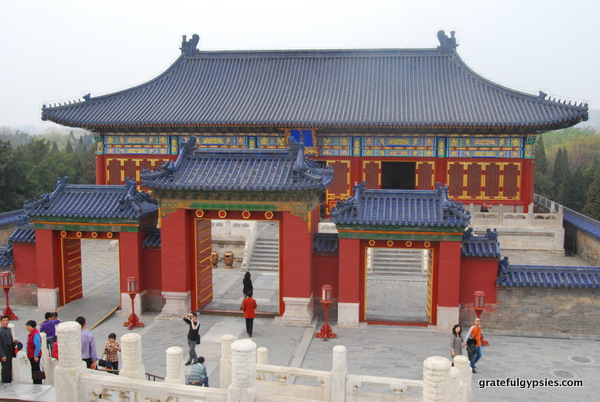
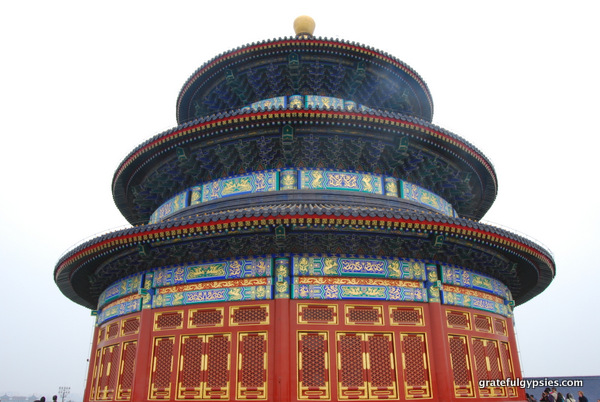
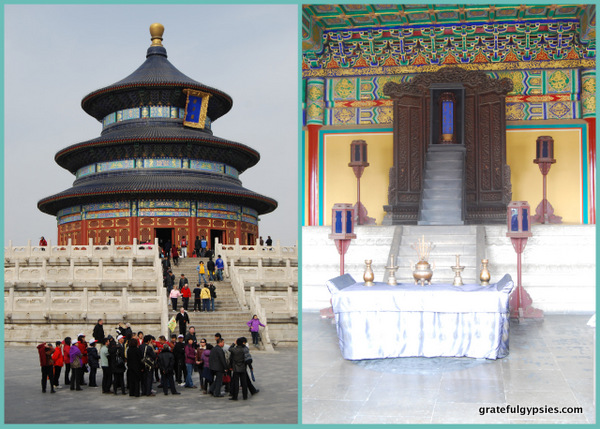
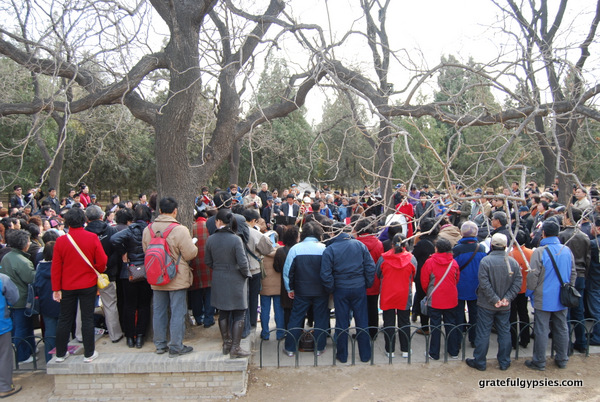
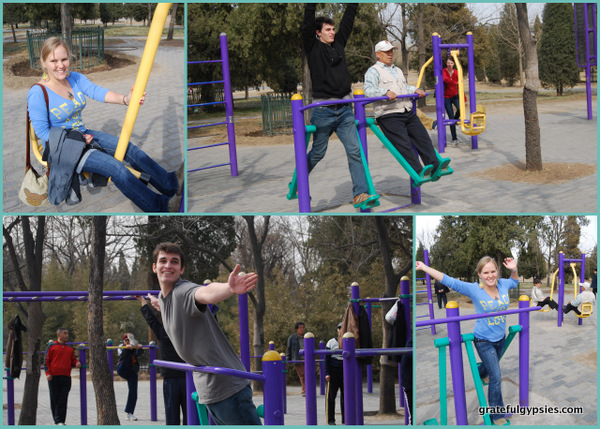
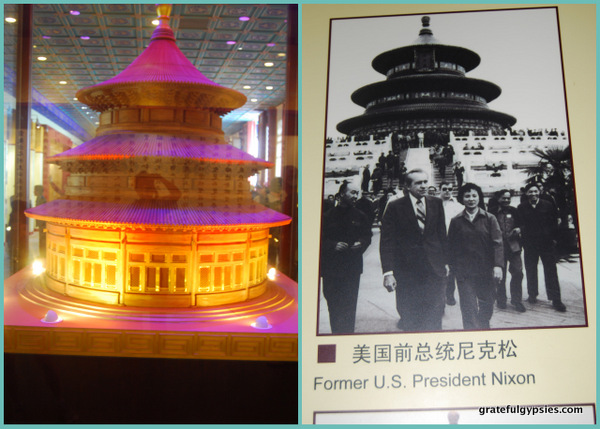

Leave a comment: